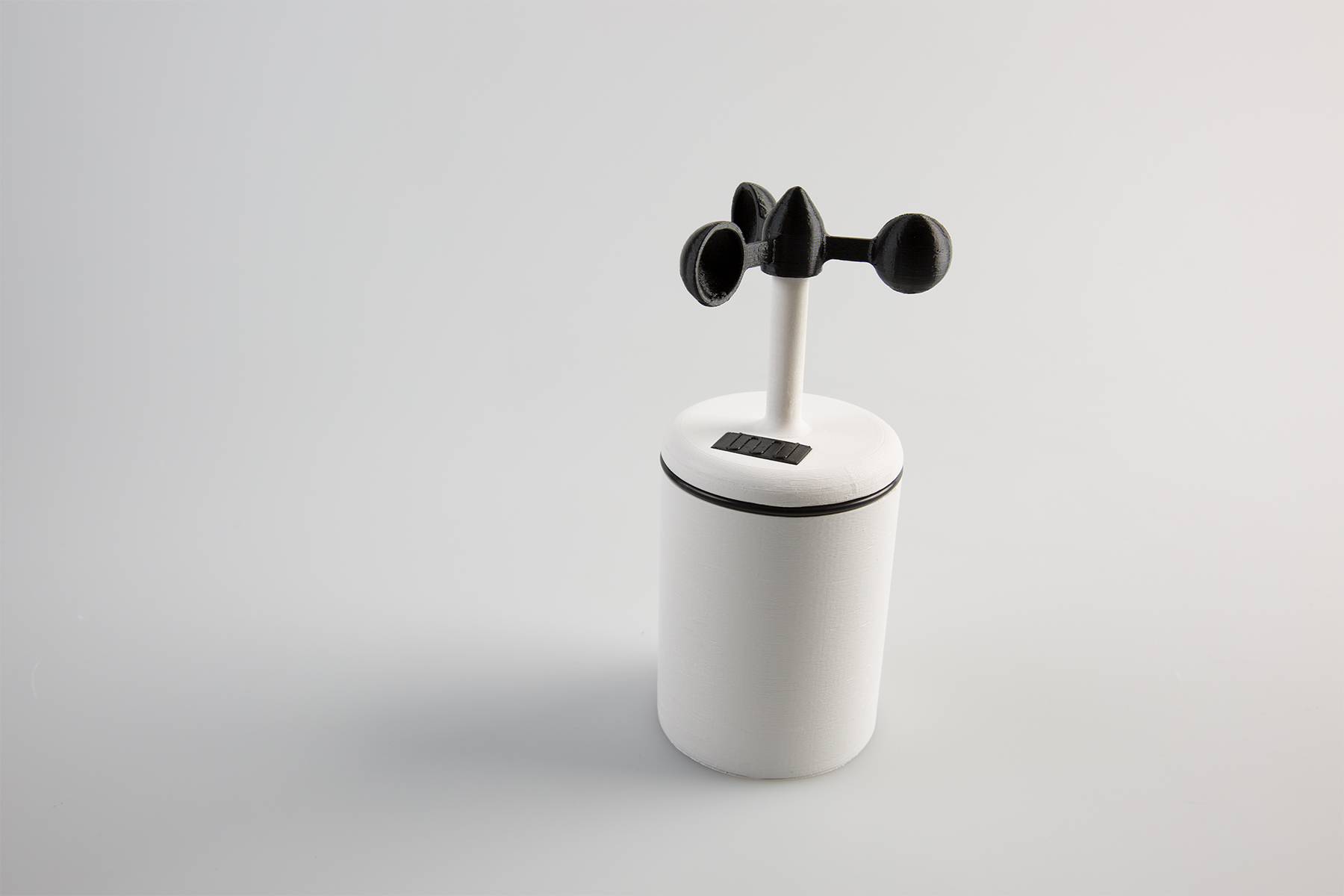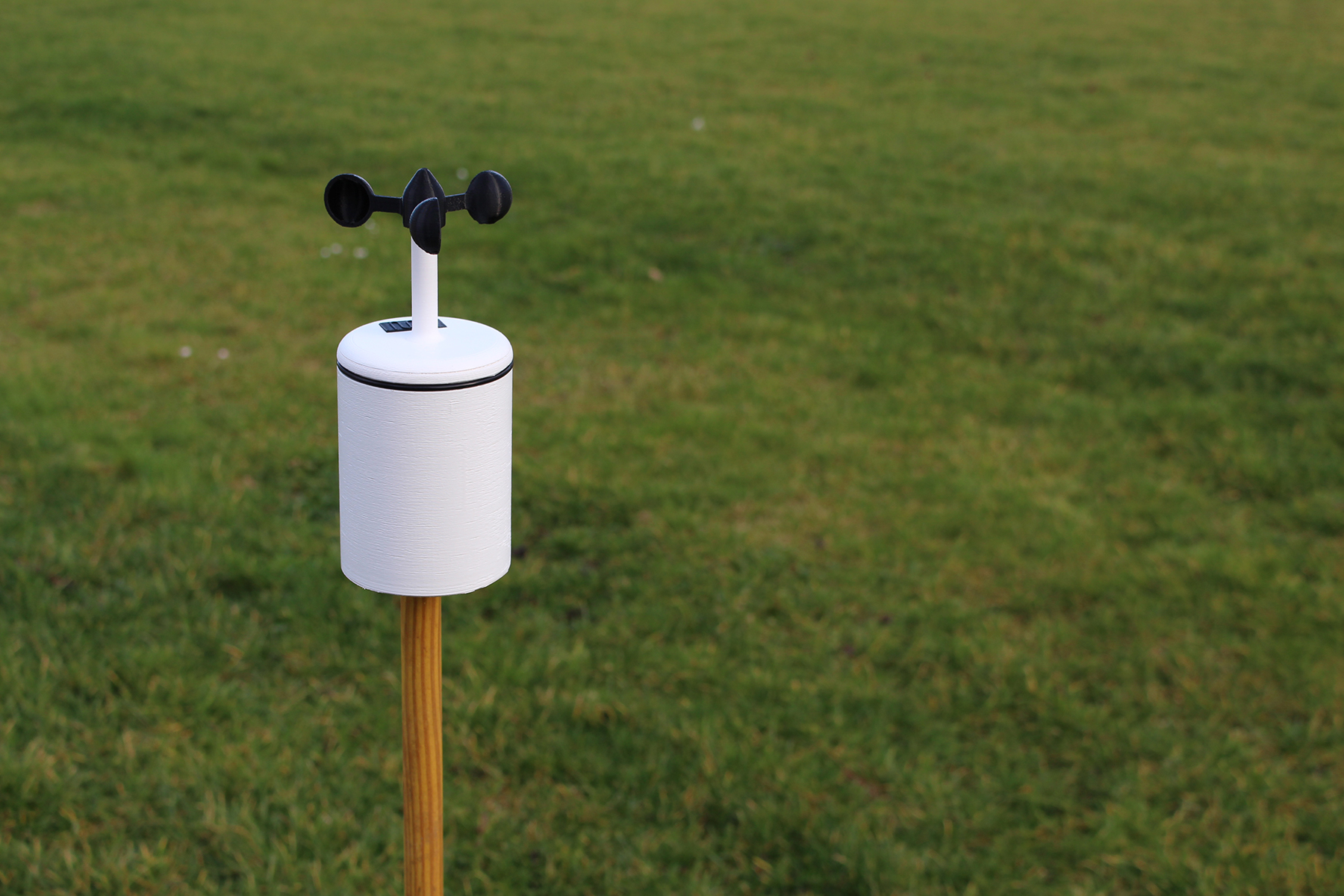ABOUT SWEATHER
3. Semester / Prototyping
sWeather is a modular DIY weather station, which can be built and configured by anyone in no time at all.
The base station contains humidity, air pressure and temperature.
The weather station is expandable with many sensors and can therefore be adapted to the user’s needs.
How does sWeather work?
With the assembly instructions everyone can build his own weather station. The user can decide which sensors he wants to install to measure weather and environmental data. Thus sWeather is absolutely tailored to your personal needs. A large number of sensors allow measurements of standard data such as temperature and air pressure, up to data such as fine dust and radioactivity. Due to the open data character of sWeather, an area-wide weather forecast can be generated. The user can then register his weather station on sweather.de. All data collected is stored in a database and can be accessed via this website. The responsive design of the website allows access with any type of device.finished case

Open Data Map
With the collected data of the users you can also see where further sensors are located. Here, the user finds a heatmap, which gives him a more precise overview of the current temperature measured by other stations, for example. Stations are color-coded to show warm and cold areas.
sWeather station outside

Fields of application
The areas of application of this station are very broad. The weather station offers some advantages especially in the fields of agriculture and for private users. Farmers’ yields depend heavily on the weather. In addition to the conventional sensors, the soil temperature and the general weather conditions in combination with the other sensors are extremely important for farmers. For private users the applications are mainly in the hobby area (angler, hobby meteorologist, …), but also for allergy sufferers this station can be useful.
mobile webapp

Further special features
One of our sensors is an electric voltmeter (field mill). This enables the prediction of rain and thunderstorms. Thus making it possible to make even more precise statements about weather changes. With a field mill you are also able to analyse the electrosmog in the environment.
In addition to the current and past sensor values, the weather station also offers a forecast of up to three days. These weather data is currently still provided by a publicly accessible service. With an increasing number of users, we can also produce the forecasts ourselves and thus provide meaningful forecasts across the board.
desktop webapp

sweather.de
Here you will find an example page with two stations. One station contains different sensors with real sensor data, the other one exists only for demonstration purposes and contains sensors of all existing sensor types. You can also test out the station management tab and view the open data map.
Here you will find detailed instructions, the arduino code and the files for 3D-printing to build your own, individually configured sWeather station. Go check it out, it's free!
Supervisor: Prof. Michael Schuster
Partners: Dominik Fink, Jannick Lenz, Paul Raschke
Key Skills: Concept Ideation, Prototyping, 3D Printing